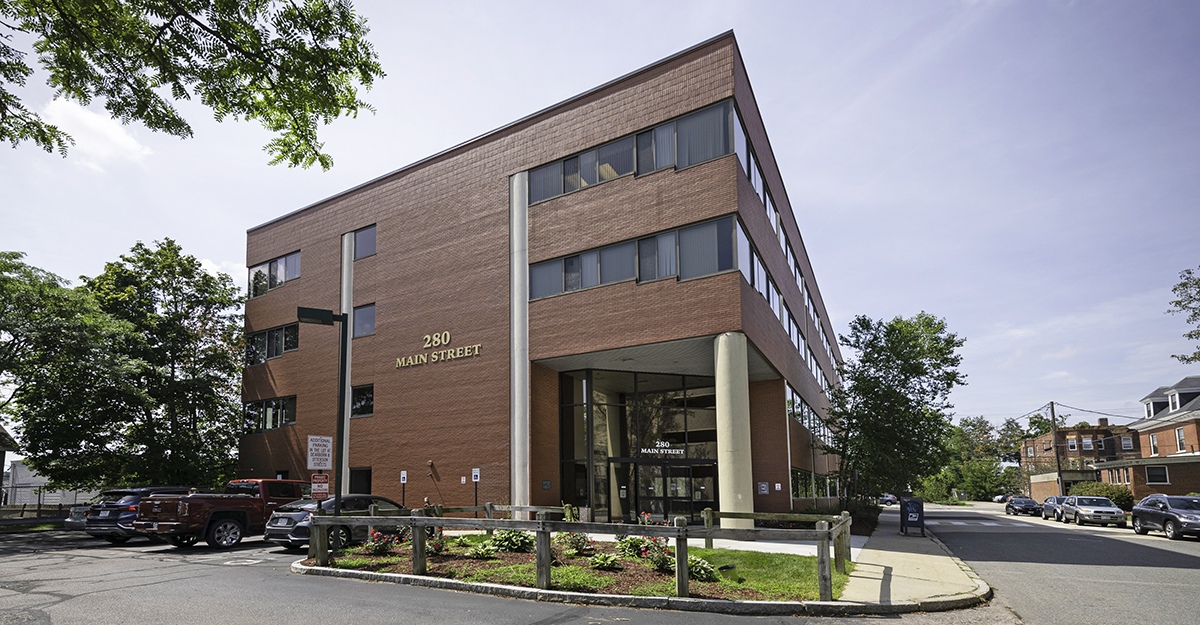Gynecologic Surgery
Minimally Invasive Gynecologic Surgery
Our board-certified surgeons specialize in minimally invasive surgery for many gynecologic conditions. Minimally invasive surgery requires very small incisions – or no incisions at all – and the surgeon controls tiny cameras and instruments to complete the procedure. These techniques mean less pain and faster healing and recovery for patients.
Your doctor will discuss your treatment options and work with you to develop a plan tailored to your unique needs.
Laparoscopy and Hysteroscopy
Two common types of minimally invasive techniques are laparoscopy and hysteroscopy.
Laparoscopy
Places a small camera, called a laparoscope, through your belly button to see the inside of your abdomen and your pelvic organs. Laparoscopy is done in the operating room under anesthesia. The surgeon inserts small instruments through tiny abdominal incisions to perform a hysterectomy, or remove ovarian cysts, endometriosis, and fibroids.
Hysteroscopy
Can be done in the office or operating room. The surgeon places a thin, lighted tube called a hysteroscope into your vagina to see inside your uterus. Hysteroscopy can diagnose conditions like abnormal bleeding. The surgeon can also treat conditions by inserting small instruments through the hysteroscope to remove polyps, fibroids and scar tissue, and perform sterilization.
Hysterectomy
Hysterectomy is the surgical removal of the uterus. Hysterectomy can help resolve or treat conditions such as uterine fibroids, adenomyosis, abnormal uterine bleeding, uterine prolapse, endometriosis, pelvic pain, pre-cancerous lesions, or cancer.
Due to advances in surgical options and medications, hysterectomy is not always required. When other treatment options have failed or if you are interested in a hysterectomy as a primary treatment, several types of hysterectomy can be performed. Your doctor will help you determine which option is best for you.
Types of Hysterectomy
- Total Hysterectomy: Removal of the uterus and cervix.
- Subtotal Hysterctomy/Supracervical Hysterectomy: Removal of body of uterus, leaving cervix behind.
Surgical Approaches
The uterus is removed from an incision made at that top of the vagina with no external incisions. Many patients are able to go home the day of surgery or the day after. The recovery period lasts about two to four week. Only a total hysterectomy can be performed by this approach.
The Vaginal Natural Orifice Transluminal Endoscopic Surgery (vNOTES) technique is the newest approach to vaginal hysterectomy procedures in which a device known as the GelPOINT V-Path transvaginal access platform is placed through the vagina into the pelvic cavity, giving access to the uterus, fallopian tubes, and ovaries. The abdomen is inflated with carbon dioxide gas to give the surgeon the space needed to see and operate with precision and visualization. Once the surgery is complete, the vNOTES device is removed and the gas is evacuated. This less invasive option involves no abdominal incisions and results in a faster recovery, with nearly all patients leaving the hospital on the day of the procedure.
A laparoscope is inserted through a small incision to view the uterus and surrounding organs along with two to three small ½-inch incisions on the abdomen. With a total hysterectomy, the uterus and cervix are removed through the vagina. With a supracervical hysterectomy the uterus is removed with laparoscopic tools through a small 1-inch incision. Most patients can go home the day of surgery or stay overnight. The recovery period is usually two weeks.
The uterus is removed through a large incision (4-6 inches) in the abdomen. The procedure usually requires a two-day hospital stay and a recovery period of six weeks.

